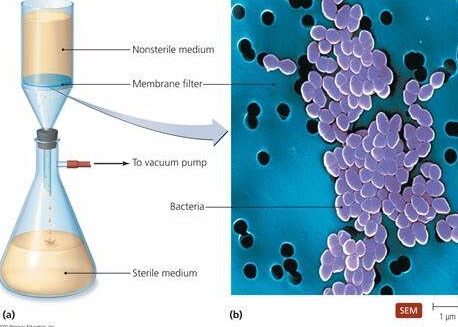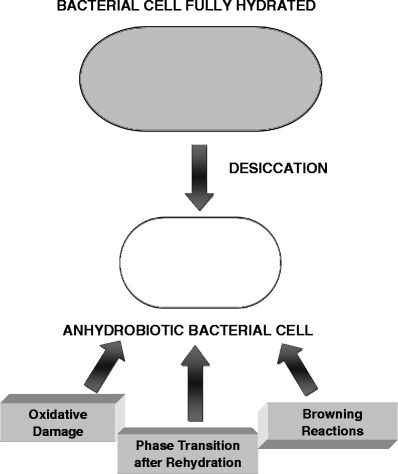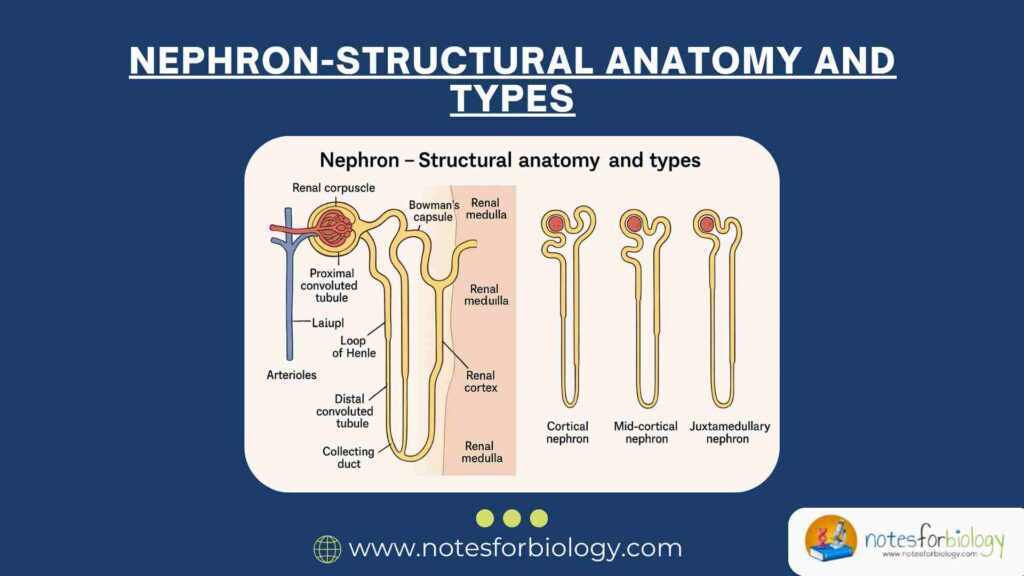Microorganisms are tiny living organisms that are found everywhere. They include bacteria, viruses, fungi, and protozoa. While many microorganisms are harmless or even helpful, some can cause diseases, food spoilage, and other problems. Therefore, controlling the growth and spread of harmful microorganisms is very important, especially in healthcare, food production, and public sanitation. One of the ways to control microorganisms is through physical agents. These agents do not use chemicals but instead rely on physical methods to destroy or inhibit the growth of microbes.

Summary of Microorganisms
- Microorganisms are tiny living things found all around us—some are helpful, but others can make us sick or spoil our food.
- To keep harmful microorganisms under control, we use physical methods like heat, radiation, and filtration instead of chemicals.
- These techniques are important in hospitals, homes, and food industries to keep everything clean, safe, and germ-free.
Table of Contents
Physical Agents to Control Microorganisms
The main physical agents used to control microorganisms, how they work, and where they are commonly applied.
Heat
Heat is one of the most effective and widely used physical methods to control microorganisms. It works by damaging the proteins and enzymes of microorganisms, leading to their death. There are two main types of heat treatment: moist heat and dry heat.
A. Moist Heat
Moist heat uses water, steam, or other liquids to transfer heat.
Boiling:
Boiling water at 100°C for 10-30 minutes can kill many types of bacteria, viruses, and fungi. It is simple and effective for household disinfection, but it does not destroy all bacterial spores.
Autoclaving:
This method uses steam under pressure, usually at 121°C for 15-20 minutes. It is very effective and commonly used in hospitals, laboratories, and industries for sterilizing surgical tools, lab equipment, and culture media.
Pasteurization:
Involves heating liquids like milk to around 63°C to 72°C for a short time. This kills harmful microbes without affecting taste or quality. It does not sterilize but significantly reduces harmful microorganism levels.
B. Dry Heat
Dry heat involves using hot air, and it requires higher temperatures and longer times than moist heat.
Hot air oven:
Used to sterilize materials like glassware, metal instruments, and powders. It typically operates at 160°C to 180°C for 1 to 2 hours.
Incineration:
Completely destroys microorganisms by burning contaminated materials. Commonly used for waste disposal in healthcare settings, such as used dressings and needles.
Radiation
Radiation is used to kill or deactivate microorganisms by damaging their DNA or cellular structures.
A. Ionizing Radiation
- Includes gamma rays and X-rays.
- Has high energy and penetrates deeply into materials.
- Used to sterilize medical tools, food items, and pharmaceuticals. This method is especially useful for items that cannot withstand heat.
B. Non-ionizing Radiation
- Mainly involves ultraviolet (UV) light.
- Has lower energy and limited penetration.
- UV radiation damages DNA and prevents microbes from reproducing. It is effective for disinfecting surfaces, air, and water in hospitals, labs, and food processing areas.
Filtration

Filtration physically removes microorganisms from air or liquid without killing them.
A. Liquid Filtration
- Involves passing liquids through fine filters with pores small enough (usually 0.2 micrometers) to trap bacteria and viruses.
- Used for heat-sensitive substances like antibiotics, enzymes, and vaccines.
B. Air Filtration
- Uses HEPA (High-Efficiency Particulate Air) filters to trap particles, including dust, pollen, mold, bacteria, and viruses.
- Common in hospitals, cleanrooms, and airplane cabins to maintain air quality.
Low Temperature
Low temperatures slow down or halt the growth of microorganisms rather than killing them.
A. Refrigeration
- Typically keeps items at 0°C to 4°C.
- Microbial activity slows, which helps preserve food, medicine, and biological samples.
B. Freezing
- Stops microbial growth by lowering the temperature below 0°C.
- Does not kill most microbes but keeps them inactive. Useful for long-term storage of food and biological materials.
Desiccation(Drying)

Desiccation removes moisture, which is essential for microbial growth.
- Most microbes need water to survive and multiply.
- Drying food like fruits, grains, and meats prevents spoilage and extends shelf life.
- Some microorganisms can survive in a dormant state, but overall growth is halted.
Osmotic Pressure
Osmotic pressure uses high salt or sugar concentrations to control microbial growth.
- These substances draw water out of microbial cells by osmosis.
- The loss of water causes dehydration and prevents microbial survival.
- Common in food preservation methods like pickling, salting meat, and making jams.
Sound Waves (Ultrasound)

Ultrasound uses high-frequency sound waves to disrupt microbial cells.
- Creates microscopic vibrations that damage the cell walls and membranes.
- Often used with cleaning solutions to disinfect surgical and dental instruments, and in food processing equipment.
Surface Tension-Reducing Agents
These agents help remove microbes by reducing the surface tension of liquids.
- Soaps and detergents lift dirt and microbes from surfaces and skin.
- Effective handwashing with soap and water physically removes pathogens.
Conclusion
Controlling microorganisms using physical agents is essential in many fields, including medicine, food production, and environmental hygiene. Each physical method has its strengths and suitable applications. Heat and radiation are highly effective for sterilization, filtration is ideal for heat-sensitive materials, and cold storage helps preserve food and medicine. Desiccation, osmotic pressure, and ultrasound provide additional ways to limit microbial growth. Understanding how these physical agents work helps us choose the right method to ensure safety and cleanliness in our daily lives.
FREQUENTLY ASKED QUESTION
What are microorganisms?
Microorganisms are tiny living things that are so small, you need a microscope to see them. They’re all around us , in the air, water, soil, and even inside our bodies!
What are the examples of microorganisms?
Microorganisms are tiny living things like bacteria (e.g., Lactobacillus, E. coli), viruses (e.g., Influenza, Coronavirus), fungi (e.g., Yeast, Penicillium), protozoa (e.g., Amoeba, Plasmodium), and algae (e.g., Chlorella, Spirogyra), etc.
What are the physical agents to control microorganisms?
Physical agents to control microorganisms include heat (like boiling or autoclaving), radiation (such as UV rays), and filtration, which kill or remove microbes from surfaces, air, or liquids.
Related Articles




